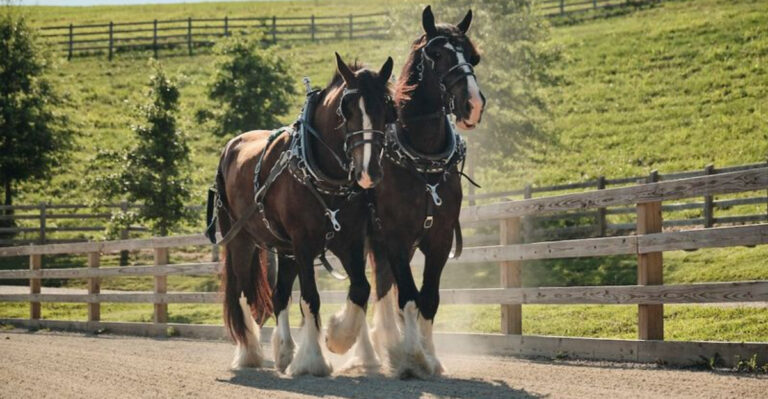16 Things You Never Knew About Dog Paws

Dogs’ paws are incredible and multifunctional parts of their anatomy that often go unnoticed.
These remarkable structures not only provide support and traction but also play a crucial role in a dog’s overall health and well-being.
Get ready to discover how these little feet are much more than meets the eye!
1. Paw Pads As Shock Absorbers
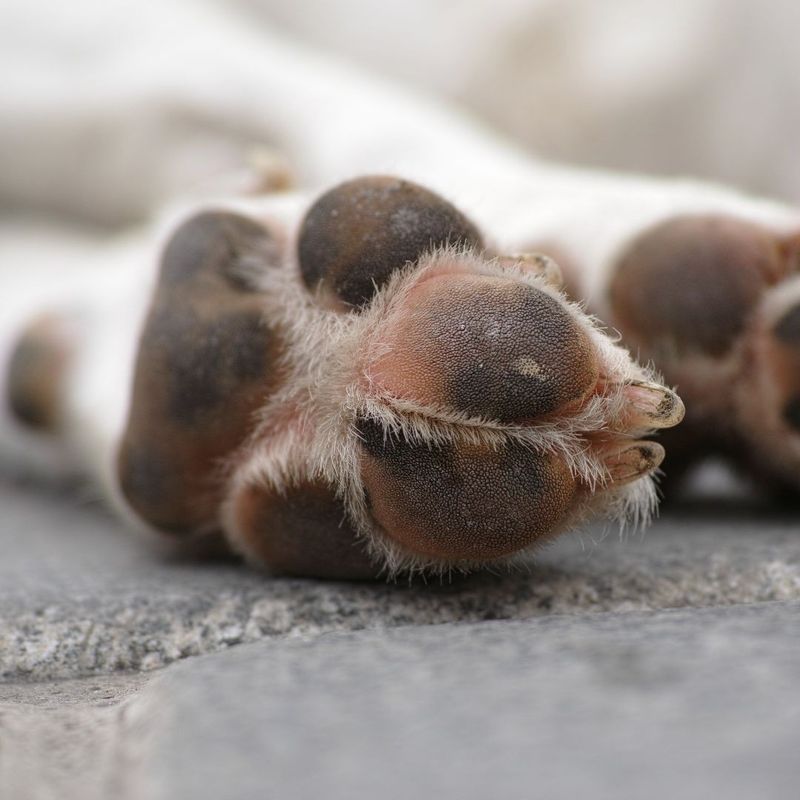
Dog paws aren’t just cute—they serve a vital role as shock absorbers.
The pads cushion the impact of walking and running, protecting your dog’s bones and joints, especially important for active dogs.
With their thick, rubbery texture, paw pads also insulate against extreme temperatures, keeping paws warm in winter and protected from hot surfaces in summer.
However, they aren’t invincible, so it’s important to check them for damage regularly.
2. Unique Sweating Mechanism

Unlike humans, dogs don’t sweat through their skin to regulate body temperature.
Instead, they sweat through their paw pads, which is one of the few places where dogs have sweat glands.
When they get hot, their paw pads may become moist to help cool them down, and this moisture can mix with pheromones, leaving a scent trail.
This is why you might see wet paw prints left behind on warm days, as they communicate with each other through this subtle trail.
3. Scent Marking With Paws

Dogs are famous for their keen sense of smell, but their paws also play a role in marking territory.
Special glands between their paw pads release pheromones, which dogs use to communicate and claim their space.
When a dog scratches the ground, these glands secrete pheromones, leaving a scent trail that signals ownership to other dogs.
This scent-marking behavior isn’t just outdoors—it can happen indoors too, as dogs rub their paws on furniture or carpets to leave their scent.
4. Claws For Traction And Defense

Claws are more than just tools for scratching; they play a crucial role in a dog’s mobility.
They provide traction, helping dogs stay stable and navigate different terrains, whether they’re running, turning, or climbing.
In addition to aiding movement, claws serve as a defense mechanism, allowing dogs to protect themselves from threats, whether in the wild or at home.
However, regular trimming is essential for a dog’s well-being—overgrown claws can cause pain, discomfort, and mobility problems.
5. Digital Cushion’s Protective Role

Inside a dog’s paw is the digital cushion, a thick, fibrous tissue that provides crucial protection and comfort.
This cushion acts like a natural shock absorber, much like a vehicle’s suspension, absorbing impacts and reducing pressure on the bones.
It’s essential for protecting the internal paw structures from the stress of running, jumping, or landing on hard surfaces, making it vital for active dogs.
The digital cushion also helps distribute weight evenly across the paw, preventing injuries and ensuring the paw works well on different terrains.
6. Seasonal Paw Care

The changing seasons bring unique challenges for keeping a dog’s paws healthy.
In winter, cold temperatures and road salt can cause irritation and dryness, so applying paw balms or waxes can help protect against cracking and salt burns.
Regularly cleaning the paws after walks removes harmful substances, keeping them soft and comfortable during colder months.
In summer, hot pavements can lead to burns, so it’s important to walk dogs during cooler parts of the day and provide shaded areas and plenty of water.
7. Temperature Sensitivity In Paws

A dog’s paws have a fascinating way of regulating temperature, thanks to a special network of veins and arteries called the counter-current heat exchanger.
This system helps dogs walk on snow or ice without freezing their paws by constricting blood vessels in cold weather to reduce heat loss.
In hot conditions, the same mechanism helps dissipate heat, though it’s still important to watch out for hot pavements that could burn their paws.
Even with this adaptation, dogs’ paws aren’t invincible to extreme temperatures, so pet owners should always check the ground’s temperature before heading out.
8. The Role Of Dewclaws
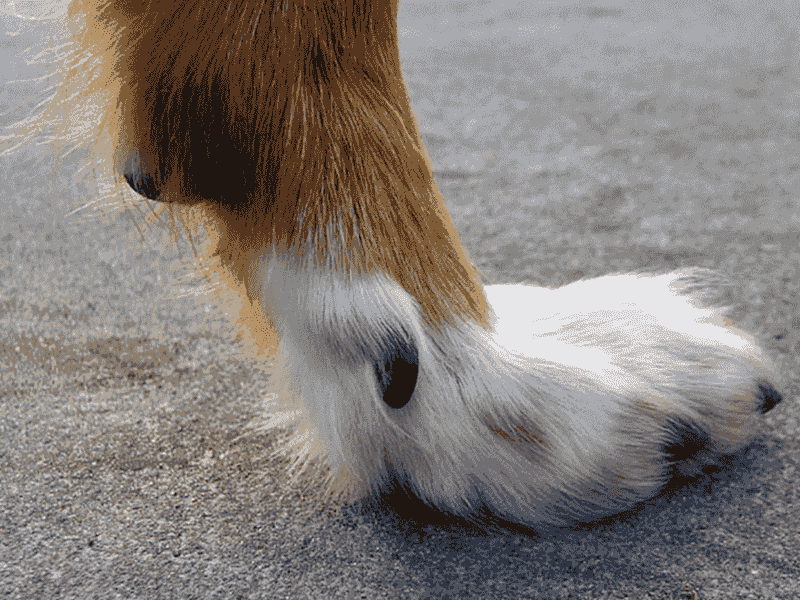
Dewclaws are the small, thumb-like appendages located on the inside of a dog’s front legs, and sometimes on the rear legs too.
These aren’t just leftover features; they actually serve functional purposes, especially when it comes to movement.
When dogs run, dewclaws help provide extra traction, allowing them to maintain stability during sharp turns or sudden stops, and they can also help grip objects—useful for hunting or retrieving.
However, dewclaws need regular attention to prevent overgrowth or injury, which can lead to discomfort or infections.
9. Paw Prints As Unique As Snowflakes
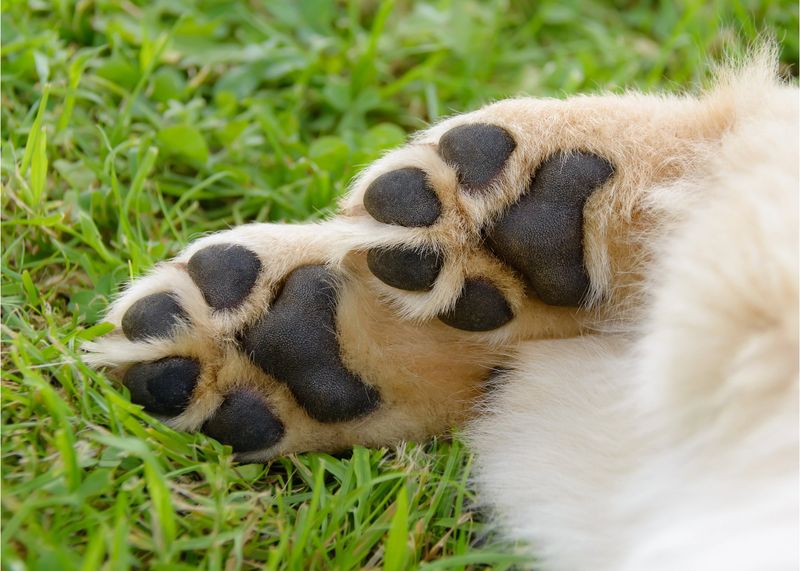
Much like human fingerprints, each dog’s paw print is unique. The ridges and lines that form the paw pattern are as individual as snowflakes, making it possible to identify dogs by their prints.
This uniqueness can play a vital role in tracking and identification, especially in wildlife conservation efforts where tracking dogs are used.
Imagine a snowy day where every paw print tells a different story as your dog joyfully bounds through the flakes.
10. The Intricate Bone Structure

Beneath a dog’s paw lies a complex bone structure that supports their impressive agility.
Each paw has multiple bones, including the metacarpals and phalanges, arranged to provide both strength and flexibility.
This arrangement allows for a wide range of motion, which is crucial for activities like running, jumping, and climbing.
The bones work seamlessly with muscles and tendons, creating a powerful and precise mechanism for dogs to perform various tasks.
11. Paws And Canine Communication

Dogs’ paws are more than just functional—they also play a key role in communication.
Through gestures like pawing, dogs express emotions and intentions, making their interactions with humans and other animals more meaningful.
Pawing can indicate a desire for attention, food, or play, and is often paired with other body language cues to show what the dog wants or feels.
Paying attention to these signals can improve communication between dogs and their owners, strengthening the bond between them.
12. The Healing Power Of Paws

Dogs often lick their paws, and this behavior can mean a variety of things.
While it can be a sign of irritation or injury, licking also serves a healing purpose, as a dog’s saliva contains enzymes that help clean wounds and promote healing.
This instinctual action is a natural way for dogs to care for minor injuries, reducing the risk of infection.
However, excessive licking could signal underlying issues like allergies or anxiety, which may require a visit to the vet.
13. The Evolution Of Dog Paws

The evolution of dog paws showcases the adaptability and diversity of the canine species.
Over time, paws have evolved to suit various environments, from icy tundras to hot deserts.
Breeds like the Siberian Husky have thick, insulated pads for snow, while desert breeds feature lighter, more breathable pads.
This diversity reflects the vast range of habitats dogs have adapted to, highlighting their resilience and versatility.
14. Paws And Canine Reflexology

Canine reflexology is an emerging field that connects a dog’s paws to their overall health.
Similar to human reflexology, specific points on a dog’s paw correspond to different parts of their body, and massaging these areas can help promote relaxation and improve circulation.
While scientific research is still growing, many pet owners and practitioners have seen positive effects from this holistic approach.
Incorporating gentle paw massages into a dog’s routine can support their physical and emotional well-being.
15. Paws As A Mirror Of Health
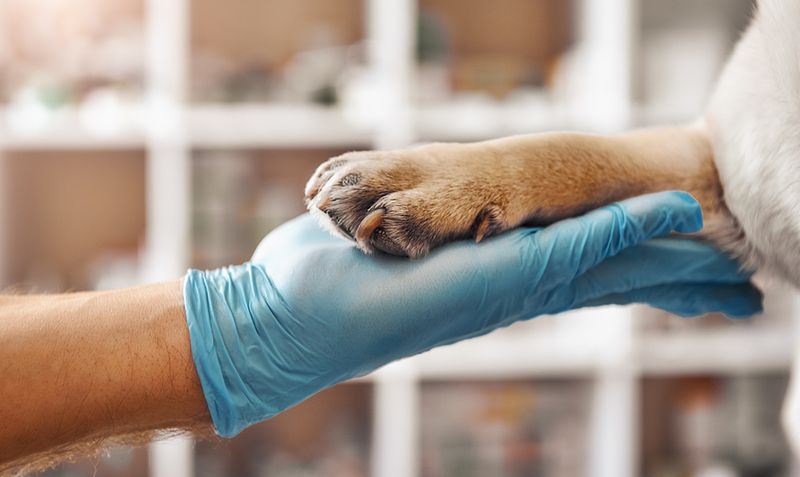
A dog’s paws can reflect its overall health. Any sudden changes like swelling, discoloration, or unusual odors can be early signs of health issues.
Regularly checking your dog’s paws can provide valuable insights into their well-being and catch potential problems before they escalate.
Consider those paws not only tools for play but also messengers of health, quietly signaling when something might be amiss.
16. Paws And Aging In Dogs
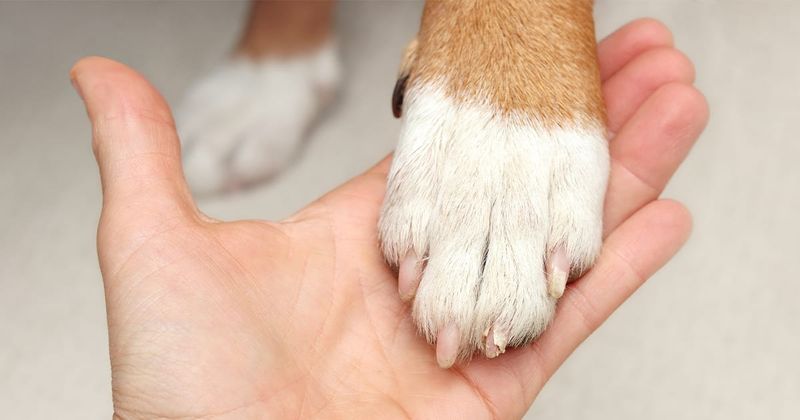
As dogs age, their paws can show signs of wear and tear, with thinner pads and joints that may develop arthritis, affecting their mobility and comfort.
Older dogs need extra attention when it comes to paw care, including regular inspections and adjustments to their exercise routines.
Providing supportive footwear or soft surfaces can help reduce pressure and alleviate discomfort.
Understanding how aging impacts a dog’s paws allows owners to proactively care for them and make necessary adjustments.





